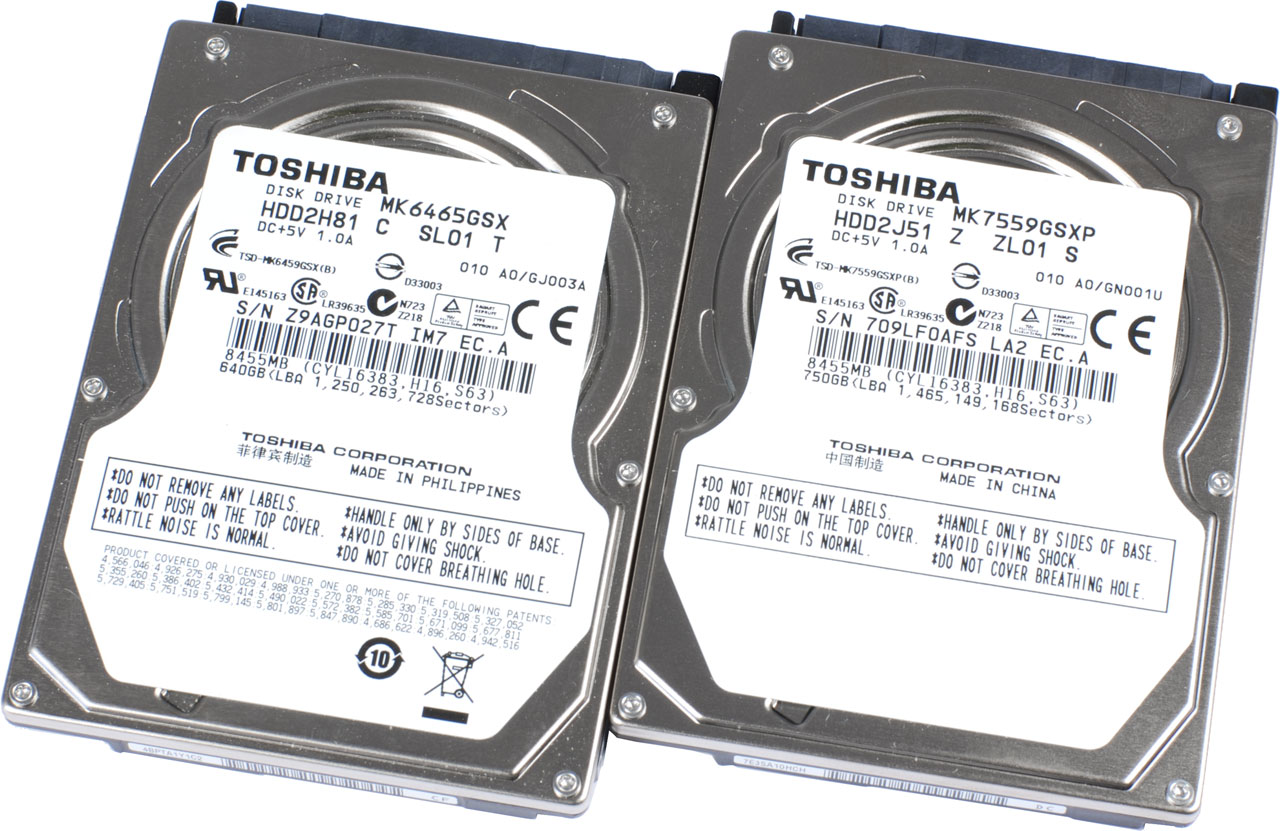Analysis: The Impact Of Shifting From 512 Byte To 4 KB Sectors
Slowly but surely, hard drives with 4 KB sectors are replacing the "legacy" 512 byte sector size. By January 2011, all drive vendors will have made this transition. Buyers of new PCs are safe, but there are still a few performance pitfalls to note.
‘Advanced Format’ Will Be Standard By 2011
The introduction of hard drives that work with a sector capacity of 4 KB instead of the conventional 512 bytes started about a year ago, but it happened without much ado. Using larger sector capacities introduces certain benefits for the hard drive makers, and is typically transparent for the end-user--but only as long as that user installs a modern operating system like Windows 7 or Vista with SP1 and up. Older Windows versions can suffer from performance troubles on 4 KB sector drives.
Therefore, we decided to look at a possible worst-case scenario. This article provides insight, analysis, and some recommendations regarding hard drives with 4 KB sector size. Effectively, this applies to the majority of new hard drives available starting January 2011.
From 512 Bytes to 4 KB
A sector is the smallest storage unit that can be found on a hard drive and it has, historically, been composed of 512 bytes. This made sense in times when hard drives stored megabytes or a few gigabytes because the sector size represents the minimum amount of capacity that will be consumed, even if the file being written is smaller. As a result, it made sense to work with a relatively small unit, just to avoid wasting capacity and to gain usable space.
However, the 512 byte sector size has turned into a limiting factor. We have to acknowledge that the average file size today is way more than 512 bytes, which turns the issue of wasted capacity upside down. This is because an Error Correcting Code (ECC) is calculated for each 512 byte chunk, and as you can imagine, ECC data also requires storage space. It goes without saying that one 4096 byte sector requires less ECC information than eight 512 byte chunks if the ECC algorithms remain unchanged. In the end, the total storage capacity of a hard drive increases as a result of less ECC data overhead.
Increasing Capacity Through 4 KB Sectors
Obviously, the hard drive vendors have identified this modification as a compelling way to increase storage capacities. The beauty of this tweak is that it actually makes sense from an architectural standpoint, as other key figures (like x86 memory pages and many file system clusters) also employ the 4 KB size. In addition, the sector size adjustment represents a relatively minor change, and it doesn’t require a lot of hardware modification (as it is the case with an areal density increase). Finally, the so-called Advanced Format allows for more robust ECC algorithms, which is important in light of ever-increasing capacities.
Get Tom's Hardware's best news and in-depth reviews, straight to your inbox.
We took a pair of 2.5” SATA hard drives to compare performance between 512 byte and 4 KB sector size, and to look at what happens in a worst-case scenario, as older system environments may deliver decreased performance on 4 KB sector drives. This would apply to any 4 KB drive, not just the ones on our bench here today.
Current page: ‘Advanced Format’ Will Be Standard By 2011
Next Page 512 Byte Emulation: Issues